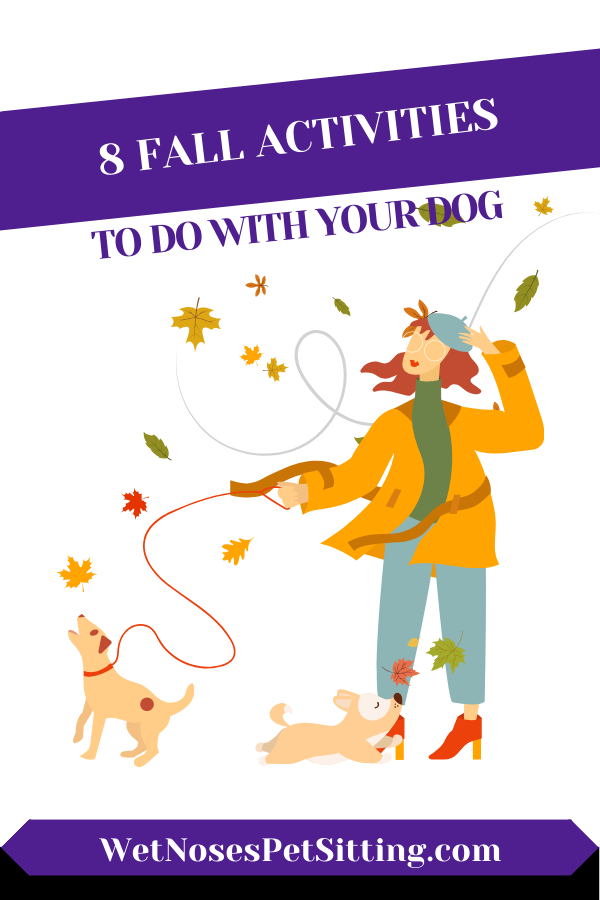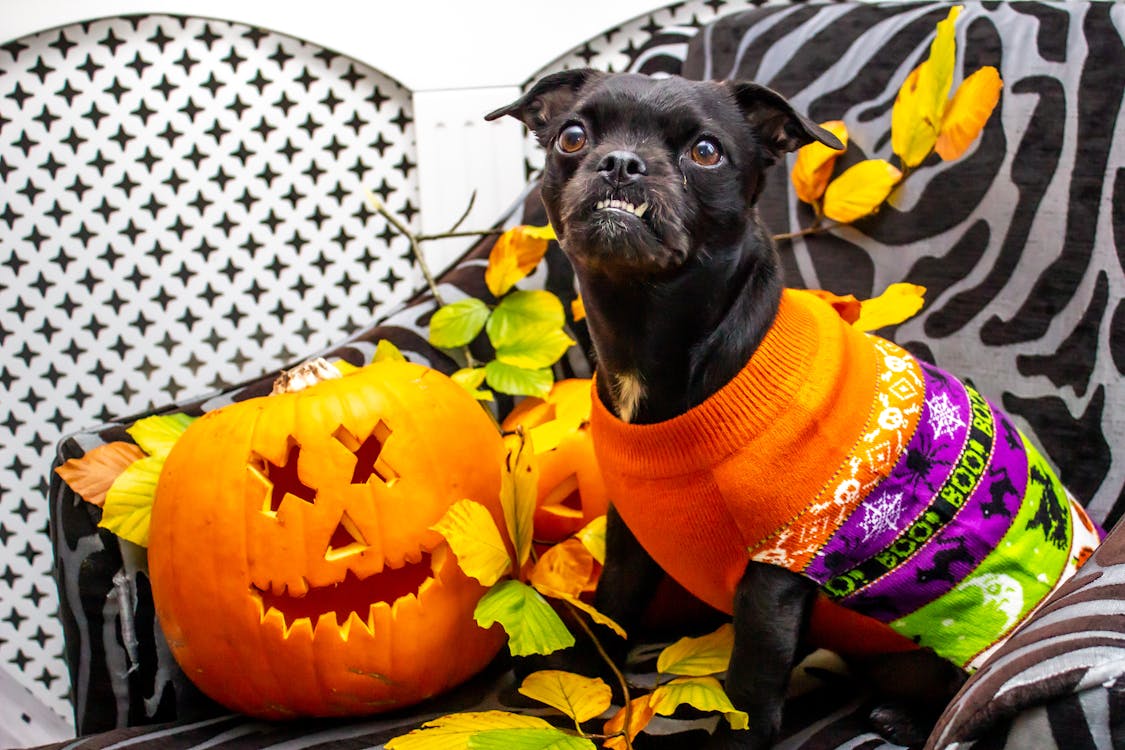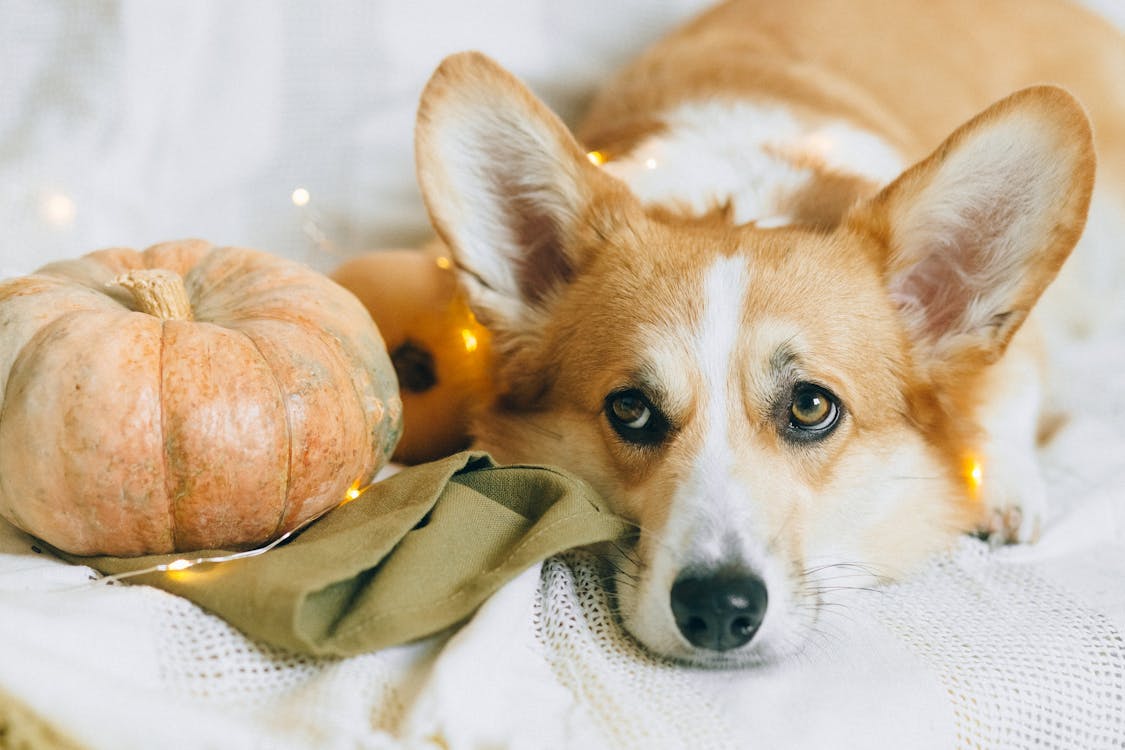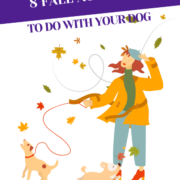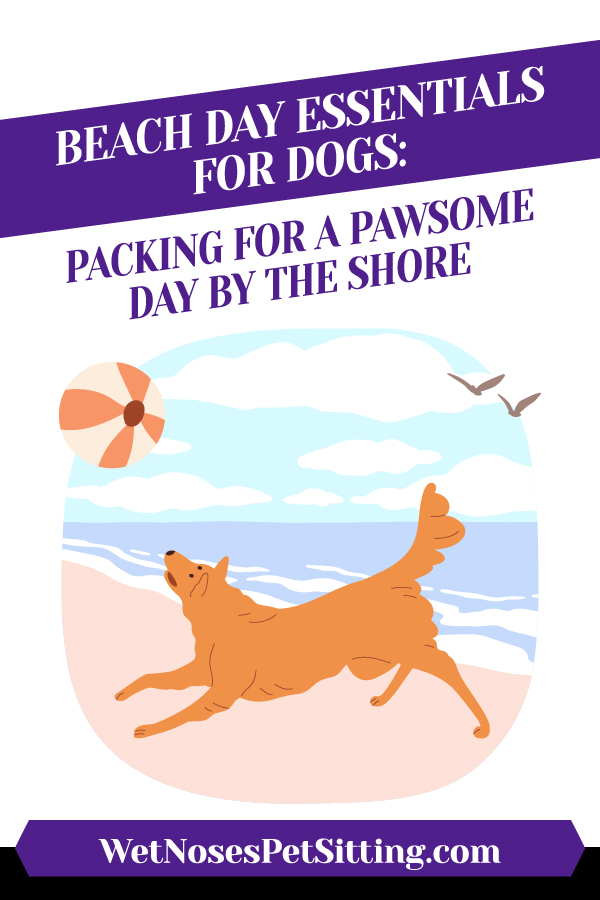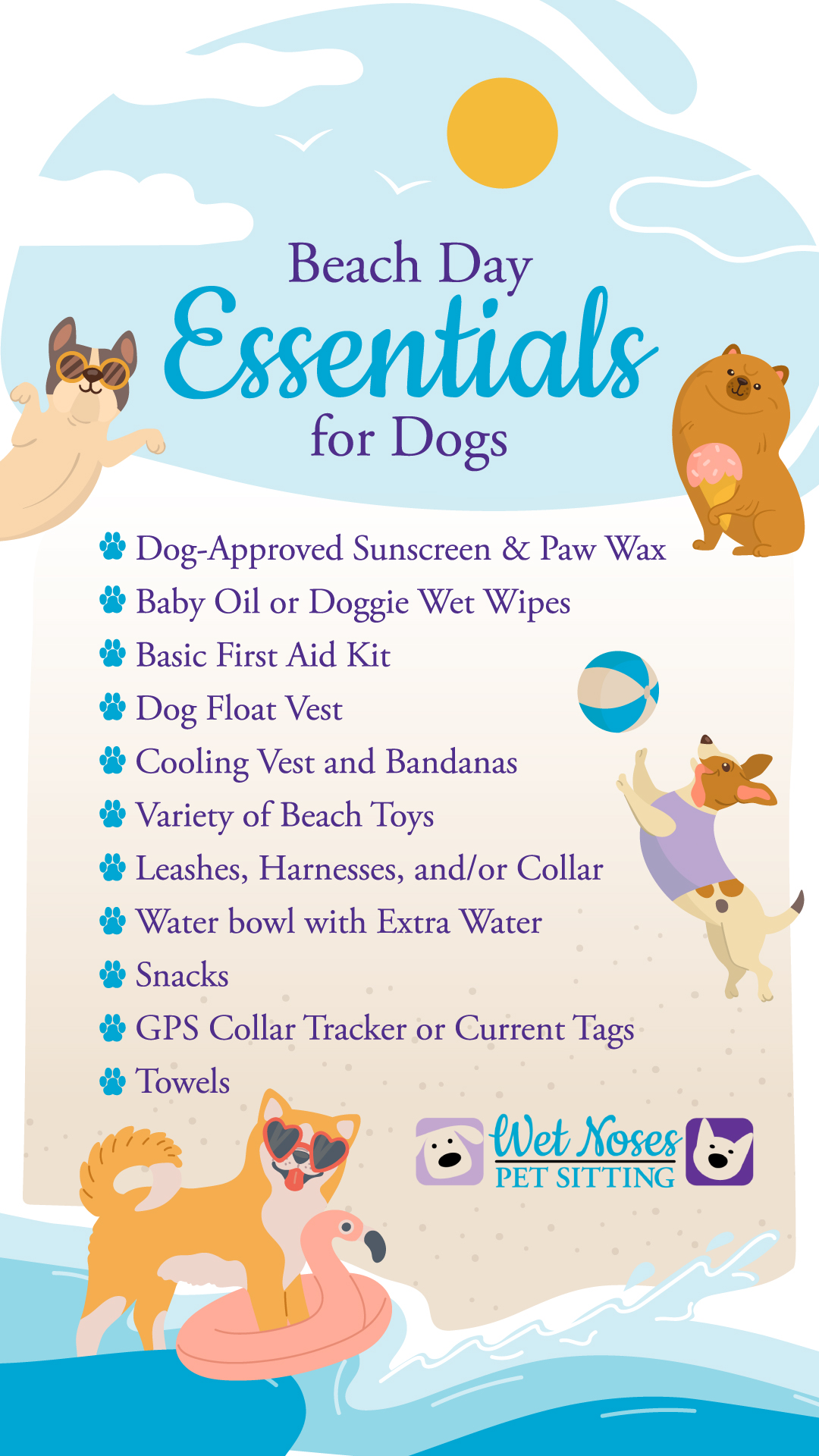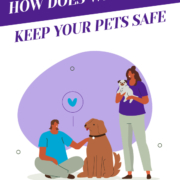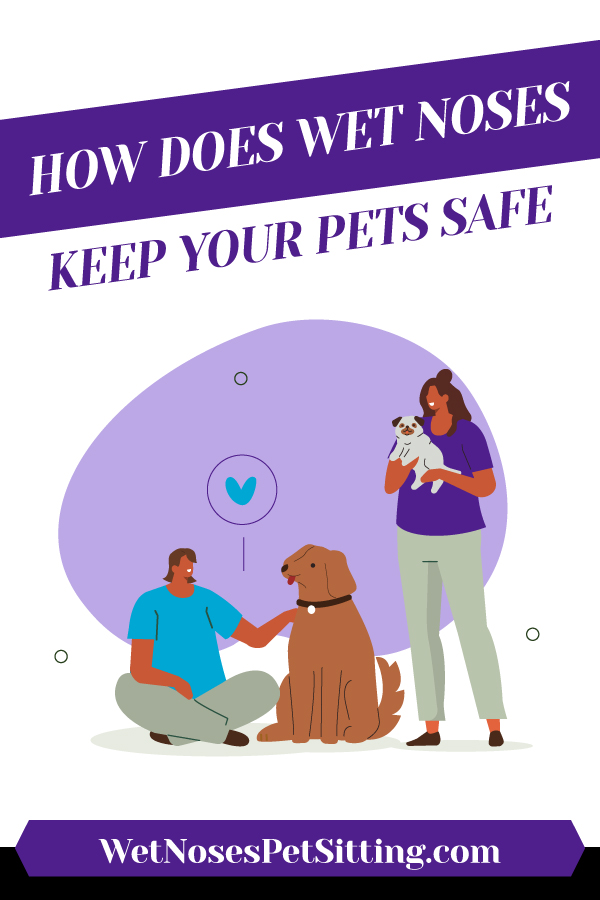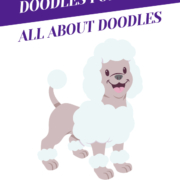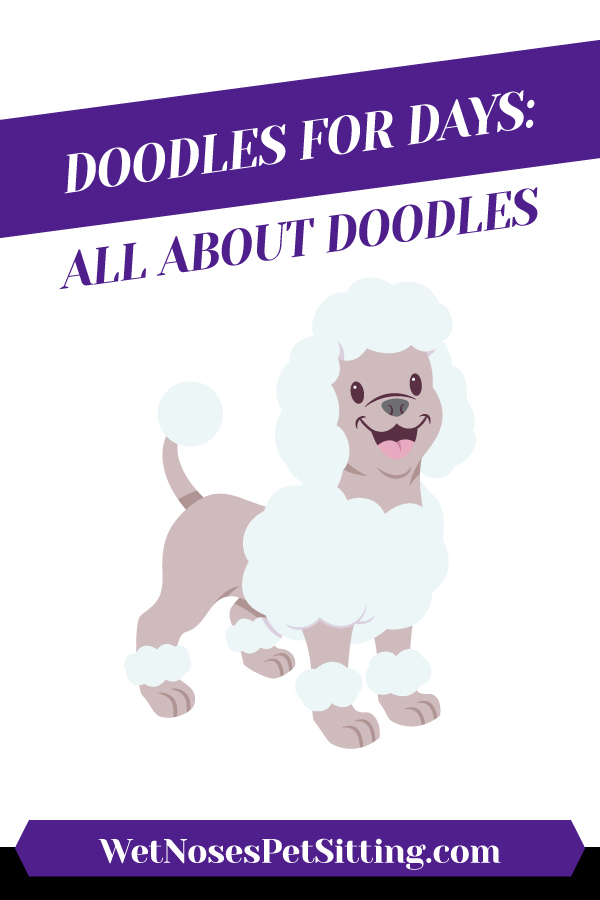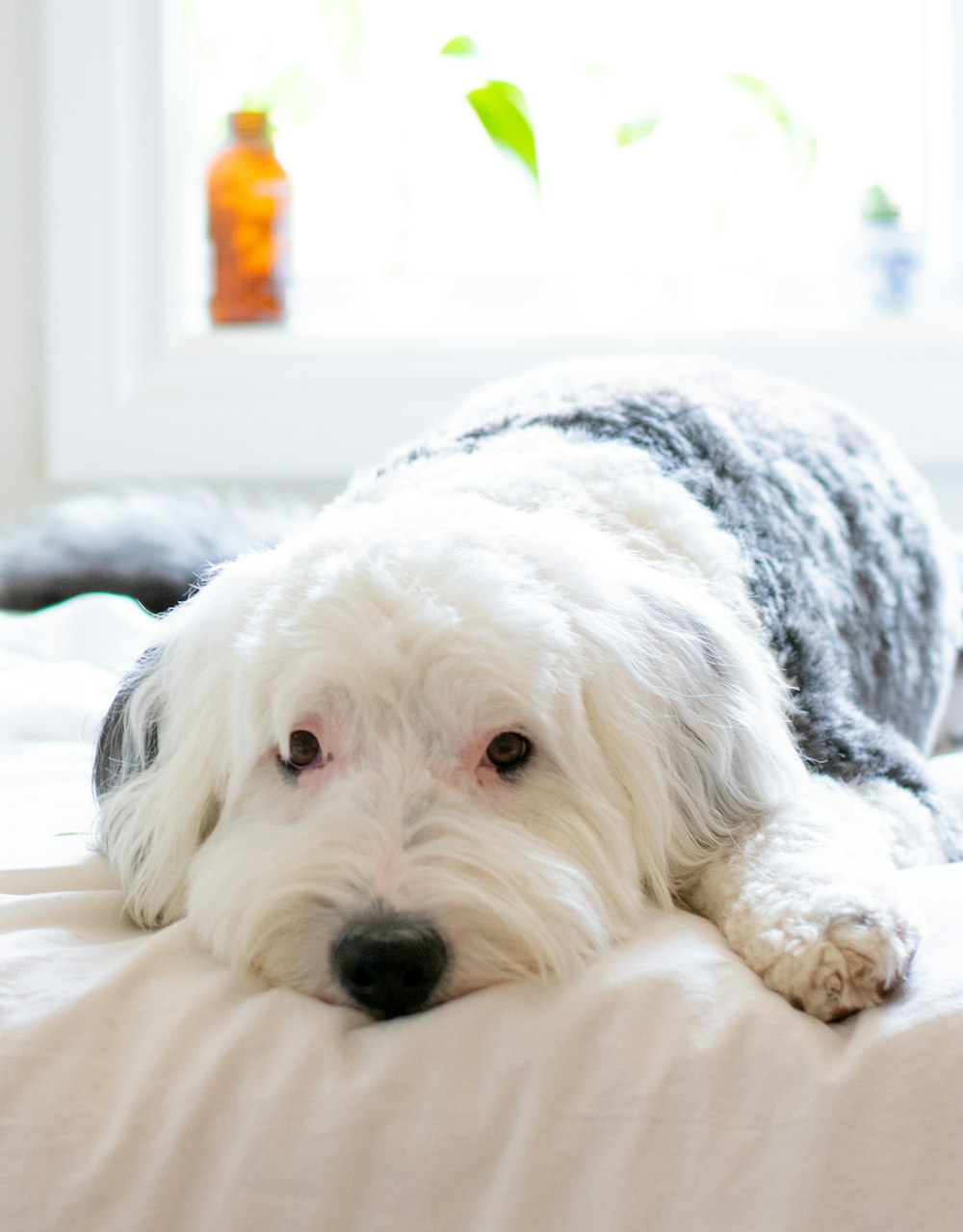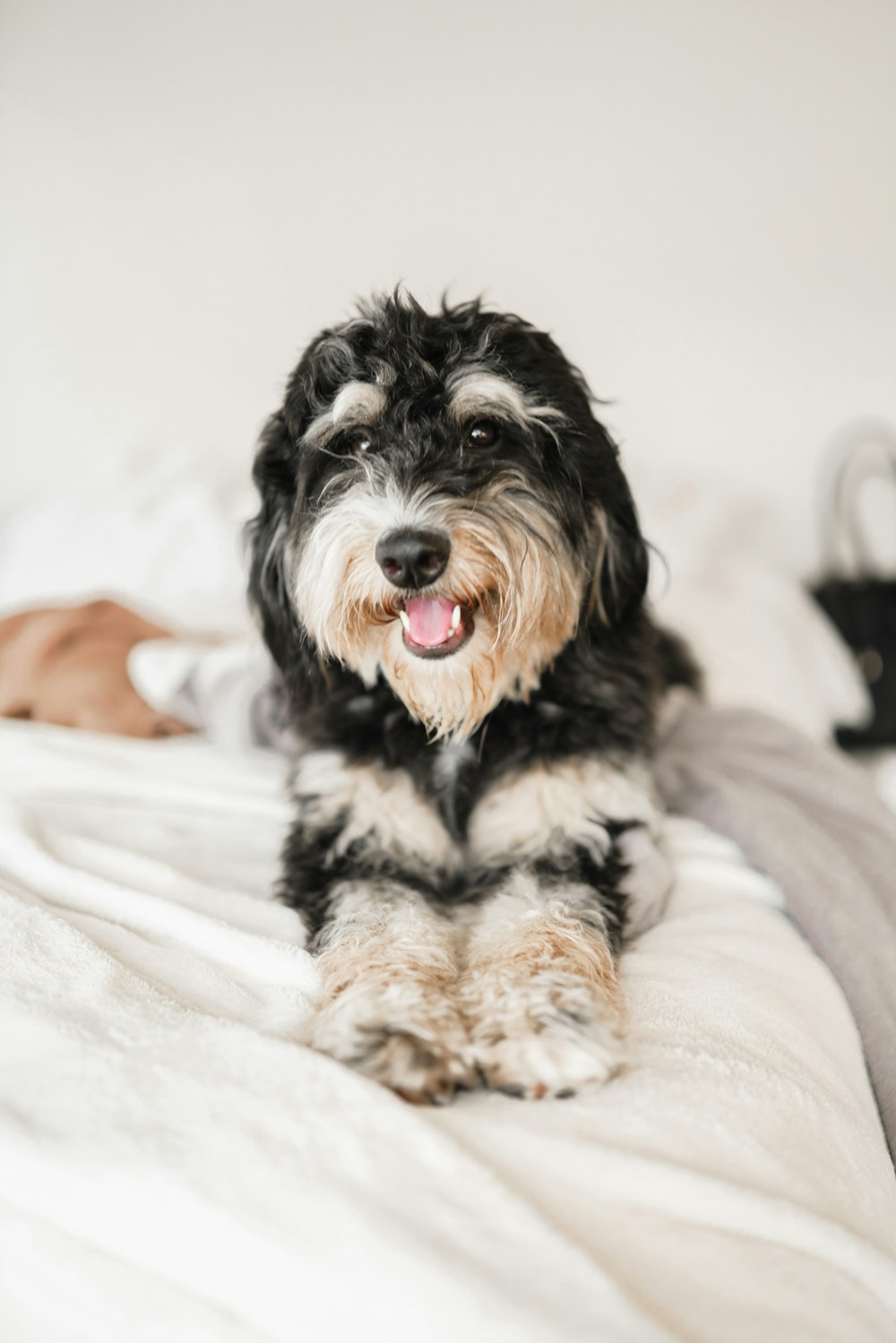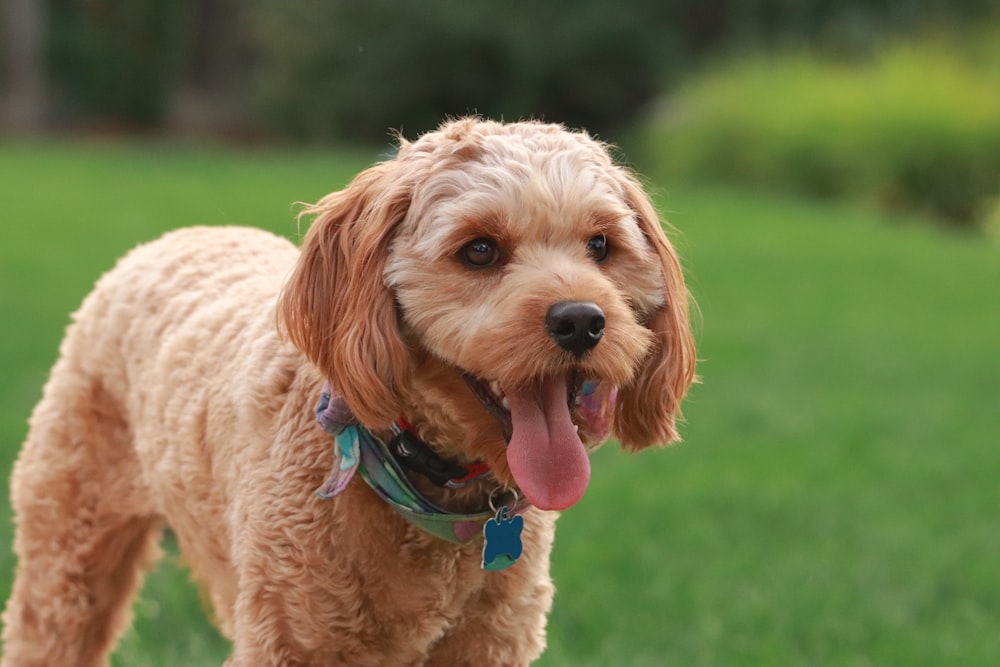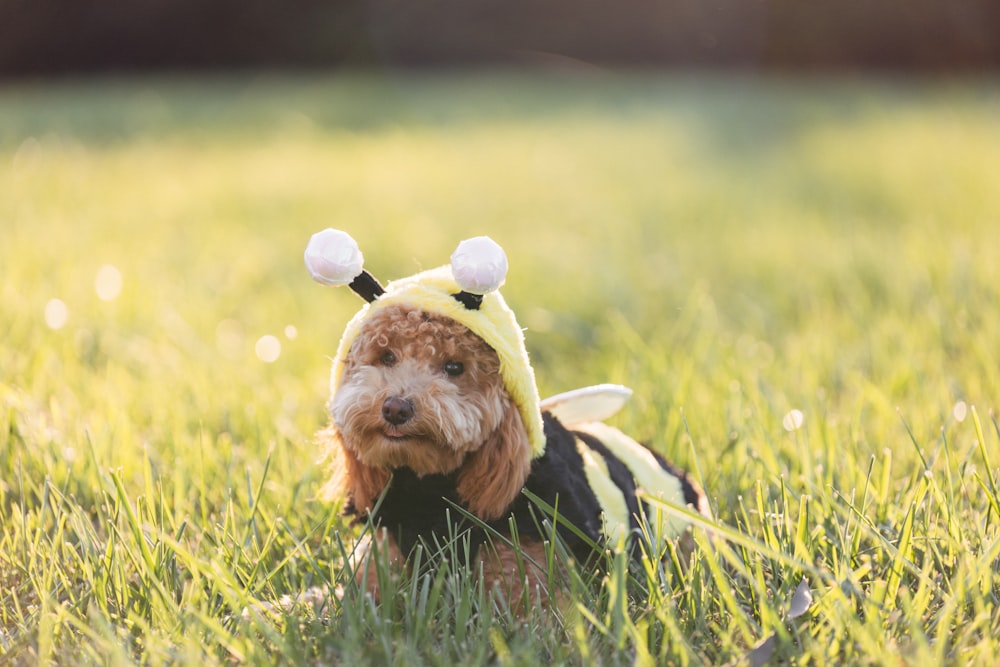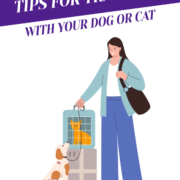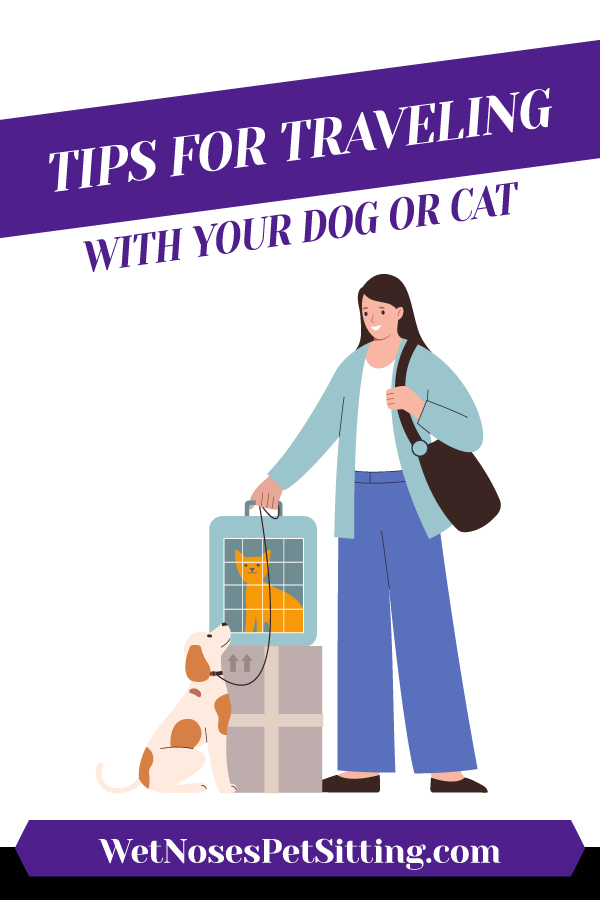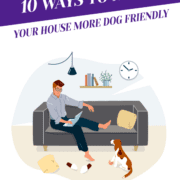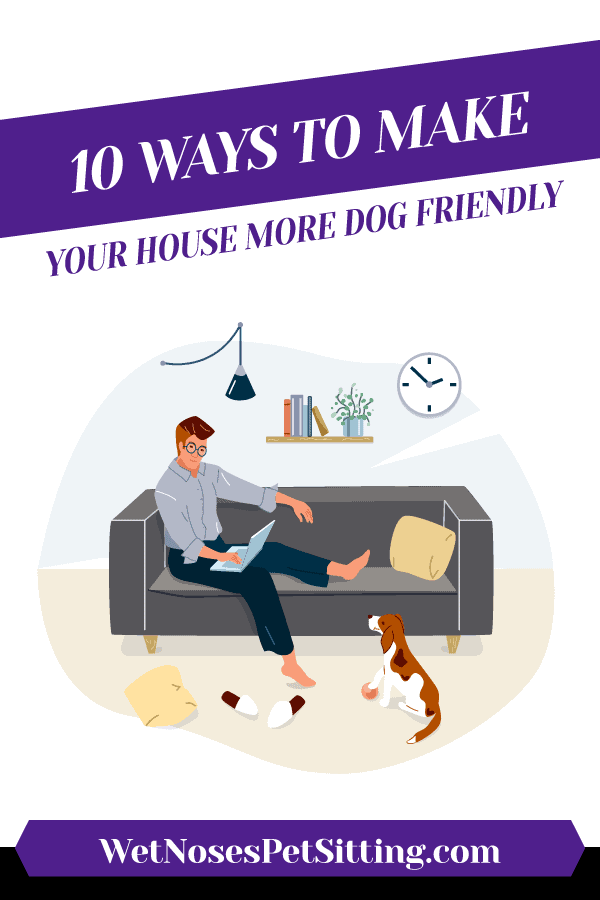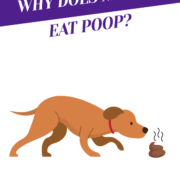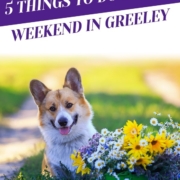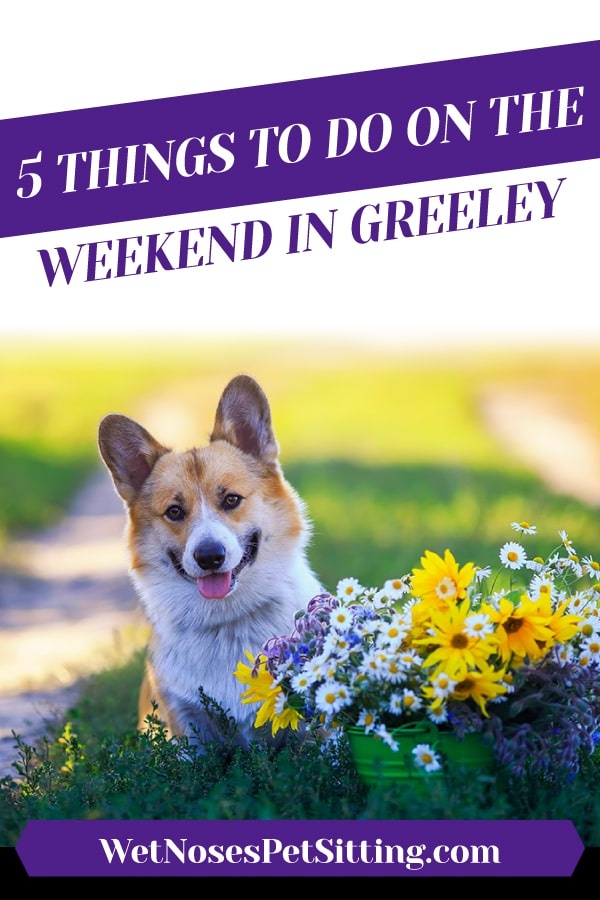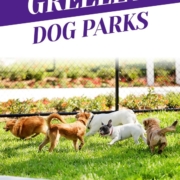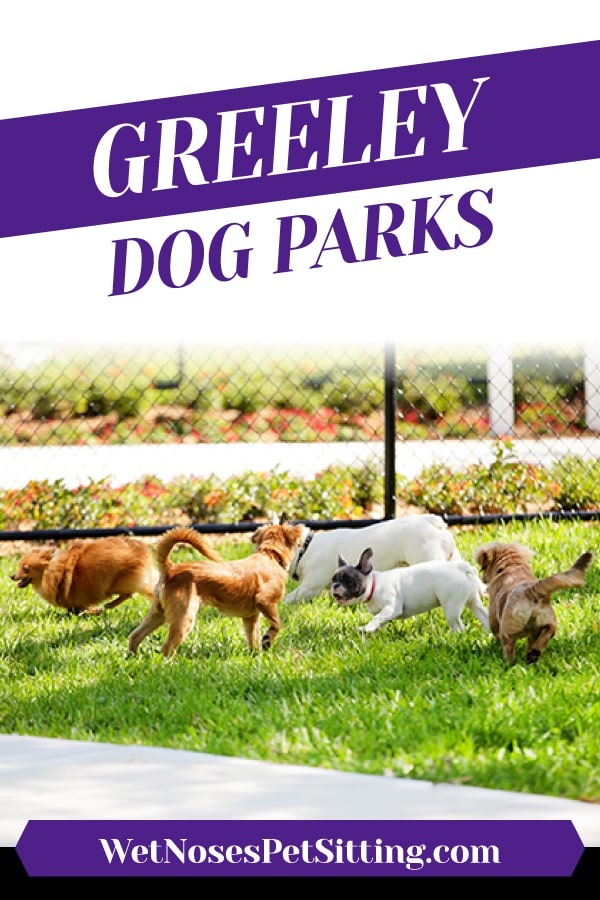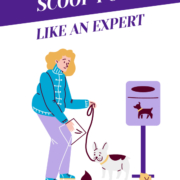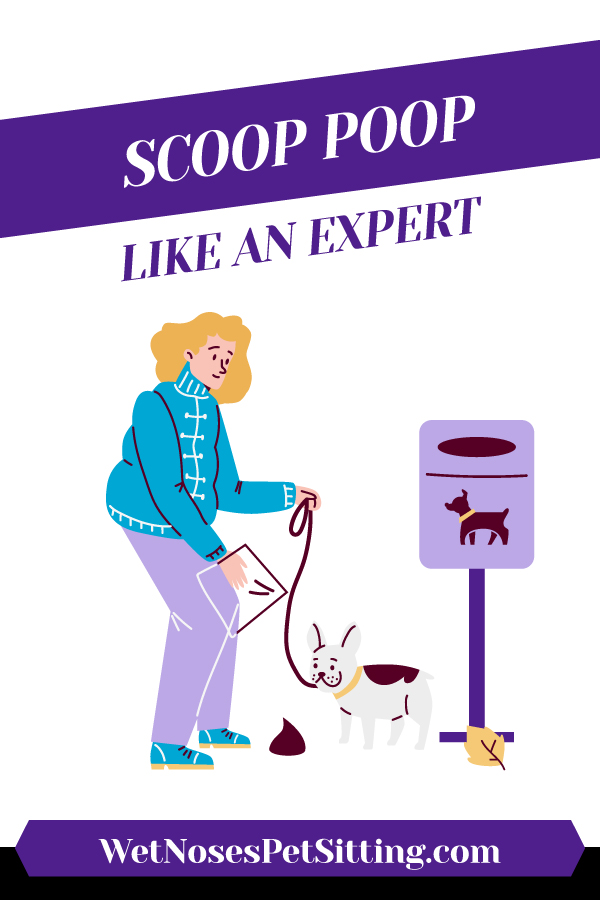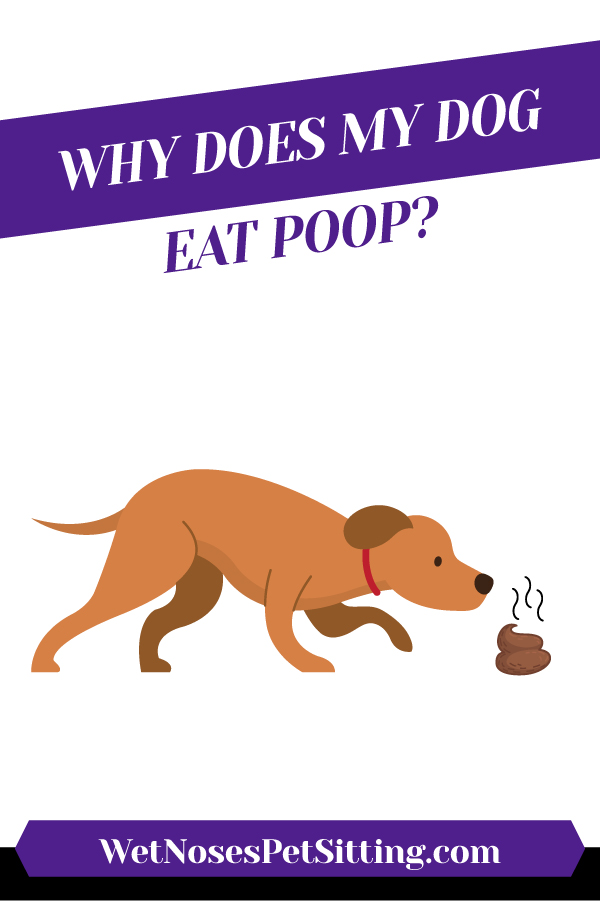
Why Does My Dog Eat Poop?
Our dogs share our living space, sleep with us and eat where their owners do. That being said, talking about the topic of dog’s eating poop isn’t for the faint of heart. It’s a behavior that can leave pet owners perplexed and disgusted—dogs eating poop, also known as coprophagia. While it may seem repulsive to us, this behavior is not uncommon among our canine companions. If you’ve ever wondered why your dog engages in such behavior, you’re not alone. In this article, we will explore the reasons behind why dogs eat poop, shedding light on this puzzling habit. By understanding the possible causes and addressing them appropriately, we can work towards preventing and managing coprophagia in our furry friends.
What is Coprophagia?
Coprophagia is the scientific name for eating feces. The reasons for them doing this disgusting (in our opinion) ritual is multifaceted. If you find your pup being a serial poop-eater you aren’t alone. According to a 2012 study that was presented at that year’s American Veterinary Society of Animal Behavior, Dr. Hart from the University of Southern California observed from the 3,000 surveys sent to dog owners that:
- One in six dogs can be classified as ‘serious’ poop eaters, meaning around 16% of them were caught doing this more than FIVE times.
- One in four or 24% were seen committing this act at least one
Sadly it is reported that many owners cite this particular habit as a common reason that they re-home or even choose to euthanize their pet. As you’ll read below, this behavior isn’t that uncommon or unusual.
Instinctual Behavior
To comprehend why dogs eat poop, it’s crucial to recognize that this behavior has roots in their ancestral instincts. This behavior is routinely noted in mother dogs when they lick the backsides of the puppies and eat it in order to keep the immediate area of the newborns puppies free from waste and all of the problems associated with it. Puppies may learn this behavior by observing their mother. Although domestic dogs have evolved, some still retain remnants of this instinctual behavior, leading to coprophagia.
Interestingly enough it is shown that 92% of dogs want to eat fresher, less than two day old feces. Females are more likely to do this, and intact males are less likely to engage in this behavior. 85% do not eat their own, only other dogs poop. And finally, greedy food stealing pups are more likely to eat poop than the non-stealing table thieves!
Puppies are seen doing this up to about nine months of age. After all they are like toddlers and as such they put “everything” in their mouths! Most dogs outgrow this behavior, but as you can see by the above study a large number of dogs continue doing this into adulthood.
Nutritional Deficiencies
One possible explanation for coprophagia is that dogs may be seeking nutrients that are lacking in their diet. If their regular food is deficient in certain essential nutrients, dogs may instinctively turn to feces as a source of those missing elements. This behavior can be observed particularly in dogs on inadequate diets or those with poor digestion and absorption of nutrients. Ensuring a well-balanced, nutritious diet can help address this aspect of coprophagia.
Behavioral Issues and Attention-Seeking
In some cases, dogs may engage in coprophagia as a result of underlying behavioral issues. Anxiety, isolation, confinement or an inappropriate association with ‘food’ are all cited as possible reasons our dogs do this. Dogs may resort to this behavior to gain attention from their owners, especially if they have learned that it elicits a reaction or response. Proper exercise, mental stimulation, and positive reinforcement training can help address these underlying behavioral issues and redirect their focus to more appropriate activities.
Social Facilitation and Pack Hierarchy
Dogs are social animals with a hierarchical structure. It is noted that in households of one dog, only 20% have this issue. While in multi-pet households this number jumps to 33%! In multi-dog households, one dog may eat the feces of another as a way to establish dominance or to prevent other dogs from gaining access to valuable resources. This behavior, known as social facilitation, can be observed in situations where one dog views another’s feces as a valuable resource. Maintaining a harmonious pack dynamic, providing separate feeding areas, and addressing any resource guarding issues can help mitigate this aspect of coprophagia.
Medical Conditions and Digestive Disorders
Certain medical conditions and digestive disorders can contribute to coprophagia in dogs. Some very good reasons your dog is doing this are a possible parasite infestation, or they might not be getting enough nutrients in their diet due to a malabsorption syndrome. Also, there could be underlying health issues such as diabetes, cushings, and/or a thyroid disorder. Some drugs such as steroids can cause increases in thirst and hunger. If you suspect an underlying medical condition, it’s essential to consult with a veterinarian who can conduct appropriate diagnostic tests and provide treatment if necessary.
Environmental Factors
Environmental factors can also play a role in coprophagia. Dogs may be more inclined to eat feces if they are consistently exposed to a dirty or unsanitary living environment. Dogs that spend way too much time in their kennels or ones that are locked away in a basement are also more prone to eating poop. Harsh house-training does contribute as well. The dog eats the mess before you can see it, and therefore avoids your displeasure or punishment. Using an approved fear free approach to house training that includes a lot of “positive reinforcement” is a much better choice for you and your dog.
One other way that this bad habit can develop is by feeding your dog in close proximity to where you give them their daily meals. The smell of the food can be associated with the smell of the feces which means they cannot tell the difference so they eat it.
It’s important to provide a clean and hygienic living environment, along with regular opportunities for exercise and outdoor exploration, can help reduce the likelihood of coprophagia.
Dangers of Coprophagia
You may notice that your dog likes goose droppings or “road apples” also known as horse poop. While most doctors agree it is fairly harmless your dog could pick up parasites from other animals. Reducing the likelihood of them ingesting these is important for every dog owner.
Ways to Prevent/Stop Coprophagia
Change in Diet
A good veterinarian recommended vitamin supplement that has the right amount of vitamin B has been beneficial for some. Because many dogs’ processed food has higher levels of carbohydrates and lower levels of animal-protein some pet owners have seen success with adding Papin, an enzyme that aids in digestion, to their dogs diet. Alternatively, switching to a food with a higher meat content can have the same effect while even reducing the amount of waste your dog produces.
Taste Aversion Products
Taste aversion products are out there and by spraying or sprinkling them on your dog’s food prior to ingestion, the less than savory smell of these are in the stool and make it less palatable to your dog. When I worked in a pet store, I had customers report a high success rate with this product. Of course, there are some dogs that just don’t care.
Change in Environment
Think about your dog’s environment. Training your dog to the ‘leave it ’ or ‘come’ command will give you an effective tool to call your dog away from something he or she may find tasty. Keeping your dog’s area clean and free from their waste and picking it up when you are on a walk are all great ways to help your dog resist this temptation.
Enriching your dog’s life through play and interaction with you is another great way to build the bond between your dog and yourself. By mentally challenging them and physically expending pent up energy you are providing your dog with the positive outlets he/she requires to keep them healthy and fulfilled.
Vet Checkup
It is always a good practice to have your veterinarian check your dog’s stool for any parasites or other abnormalities. That way you can be sure that your dog is healthy and this is more of a behavior issue than of any deficiency they might have.
Conclusion
While coprophagia can be a perplexing and unpleasant behavior, it’s important to approach it with understanding and patience. By exploring the potential causes behind why dogs eat poop, such as instinctual behavior, nutritional deficiencies, behavioral issues, pack dynamics, medical conditions, and environmental factors, we can take appropriate steps to address and manage this behavior. Remember that you want to redirect your dog so punishment isn’t the answer here. Reward based training to get the desired response is the key to reducing or eliminating this habit. Continual training and time spent with you are going to pay off greatly as your dog wants to please you!
Working closely with a veterinarian and implementing strategies like proper nutrition, behavior modification, and a stimulating environment can help curb coprophagia in our beloved canine companions. Remember, each dog is unique and you don’t isn’t trying to be gross! They are just doing what dogs do and it is up to us to lead them with strength and kindness so that they will have the confidence necessary to learn good habits and enjoy the wonderful sights and sounds of their world.
